I'd like to comment about the stylize>solarize filter in Photoshop
Disclaimer:
- I agree with Andrew (Digitaldog) posted technical information about the filter.
- The comments below are based on PS.
- I know nothing of PSE, so I don't know what tools you have available.
- This explanation is based on an educated guess, I have no access to PS math.
All the solarize filter appears to do is to blend two images, the original and an inverted one, using the darken blend mode. I will use as an example the image below
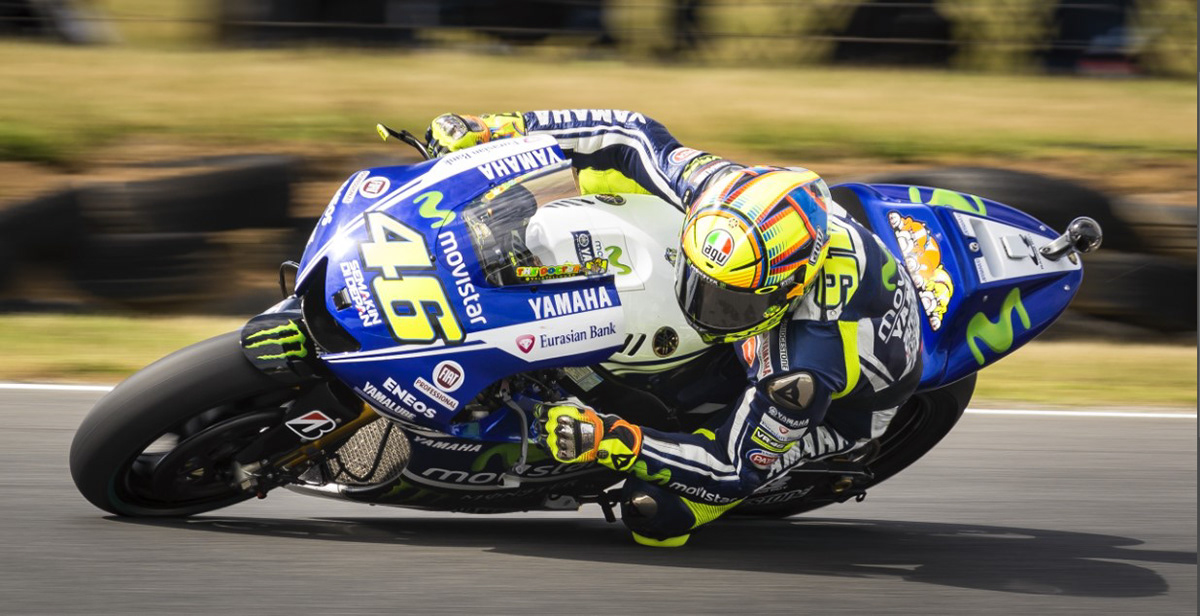
First, I will just desaturate the image to get a B&W version:
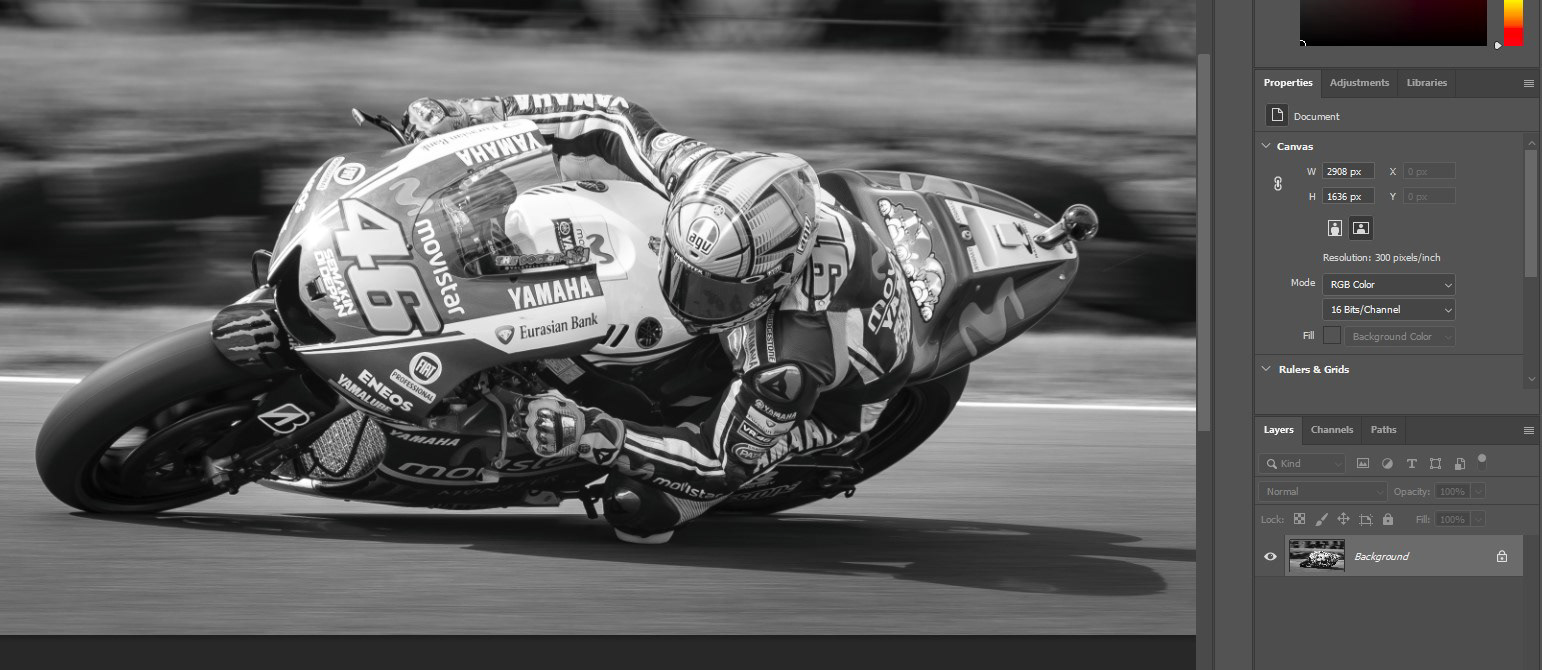
Then I will apply the solarize filter to get the dull result below:
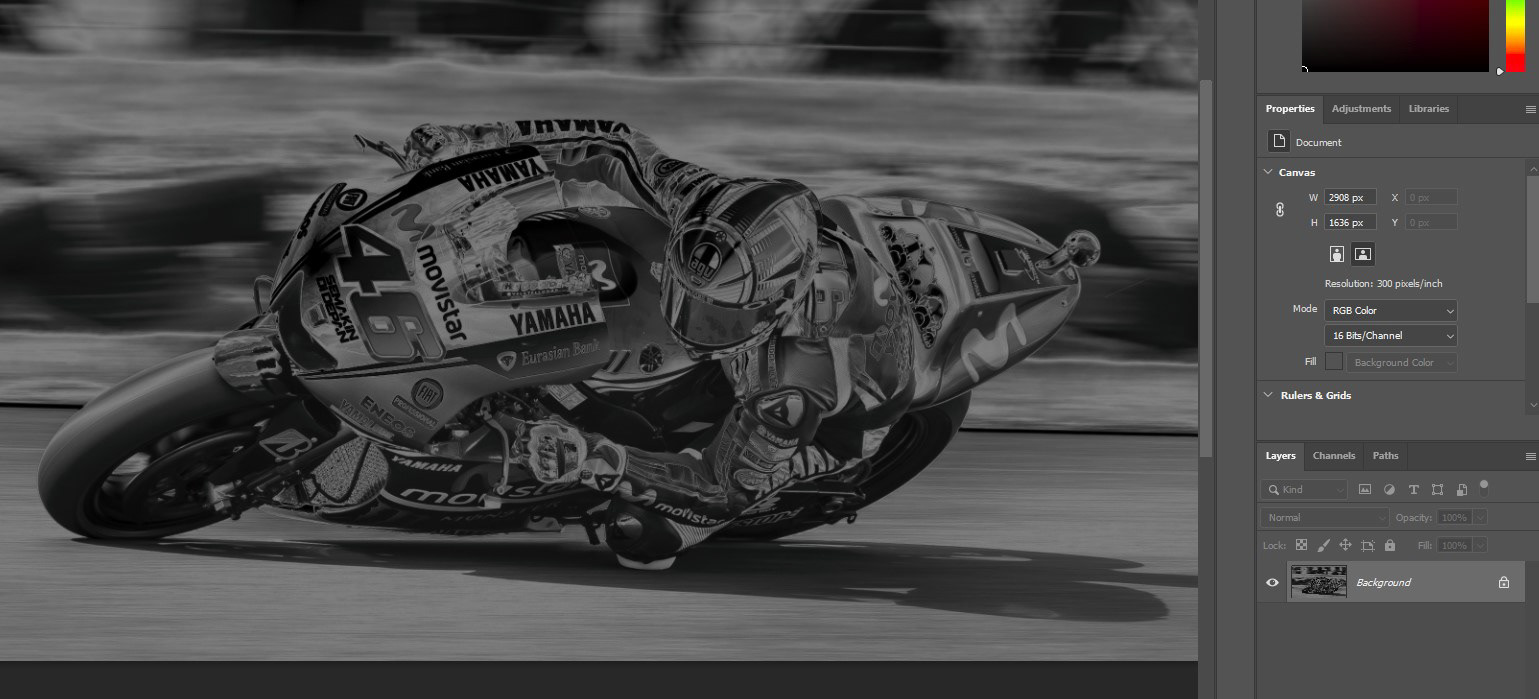
In the old darkroom days, the suggestion was to use the highest contrast B&W paper possible, because if you used mid contrast paper, you would get a result as dull as the straight result from PS.
Now, there are two ways to replicate the effect above
1.- Duplicate the layer, invert and select "Darken" as blend mode (note that I have just added an adjustment curve layer that affects only the image above with an inverted line):
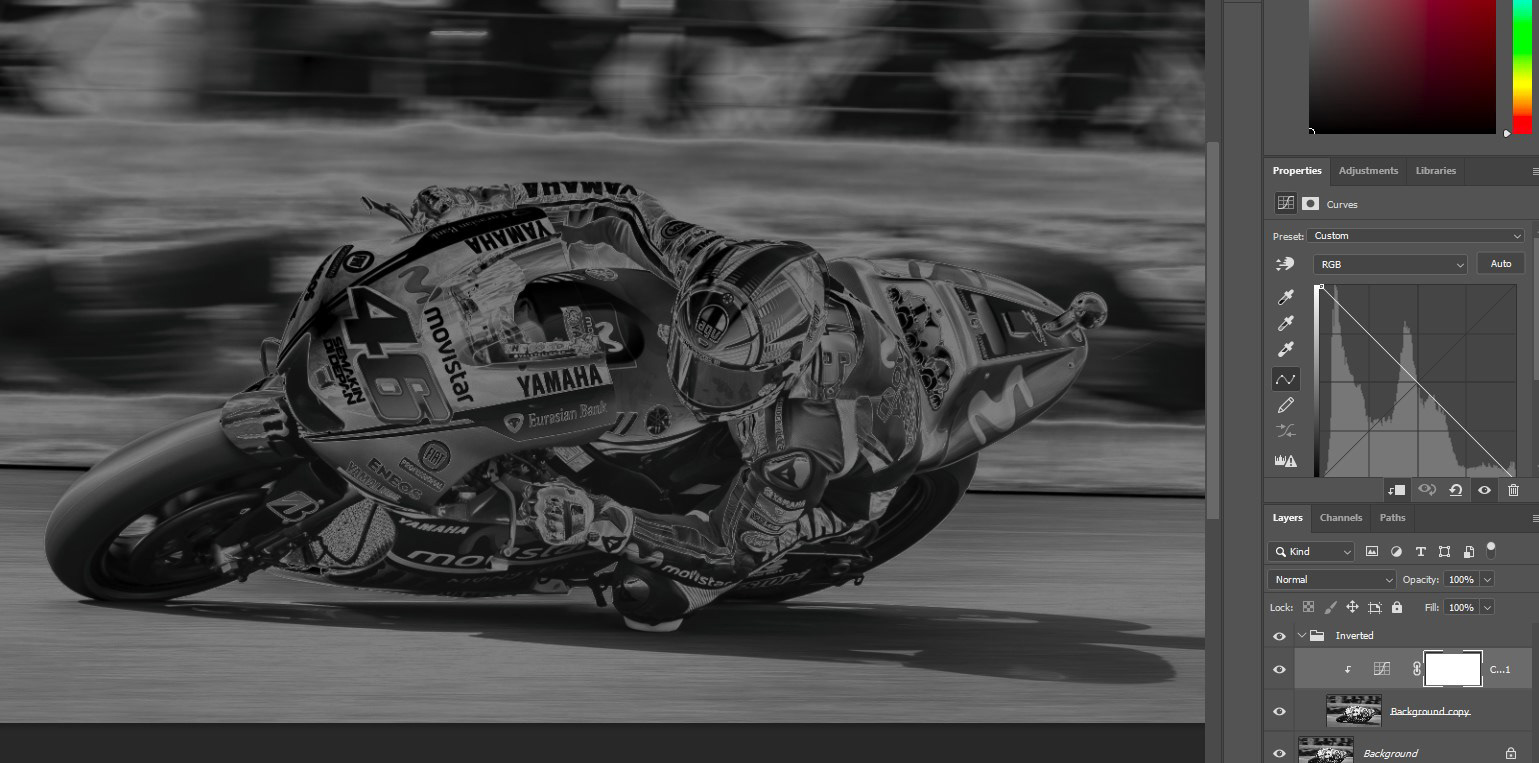
This looks indistinguishable than the "Solarize" filter.
2.- The second way, is just to create a curve adjustment layer with a "custom" triangle shape:
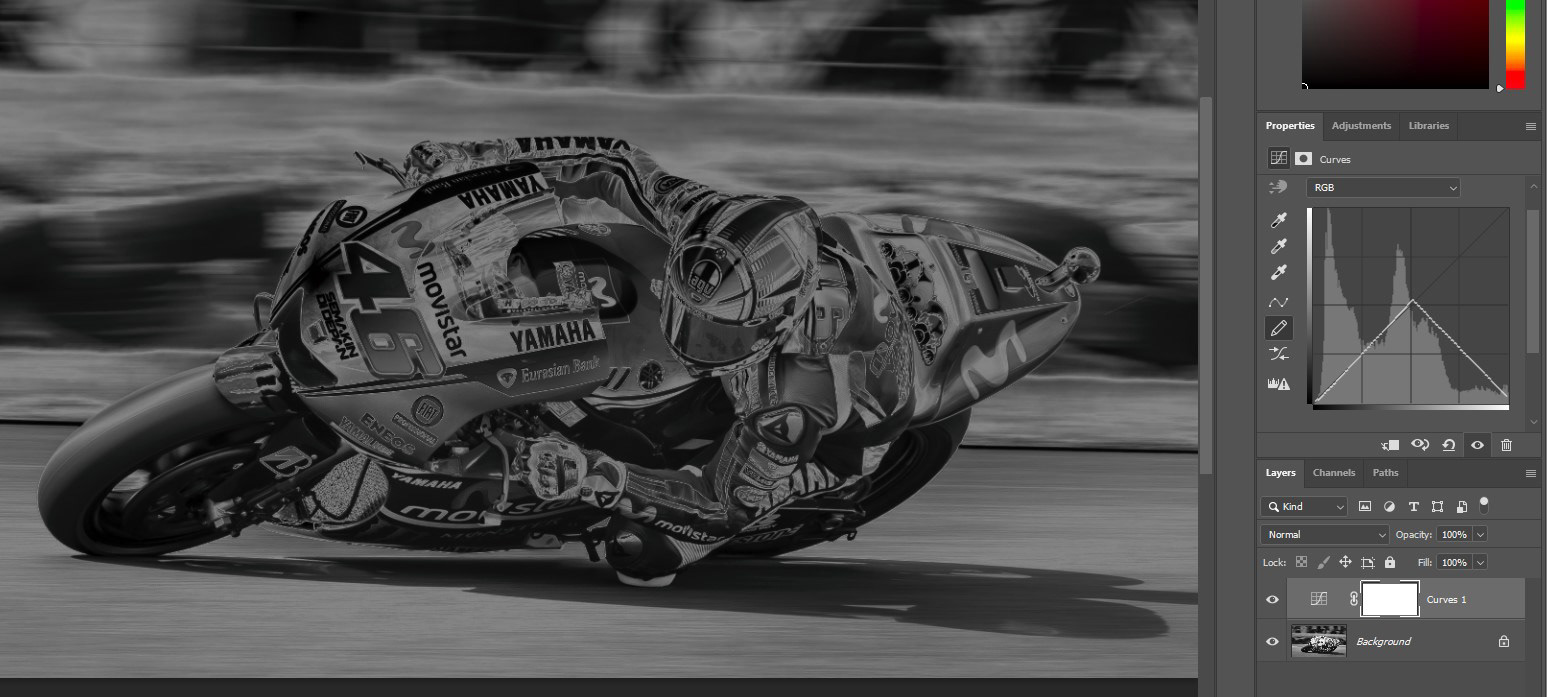
Using this adjustment curve it is easy to see why the maximum value is 128.
One quick fix is to use a "modified" triangle custom curve to adjust the max values to 255:
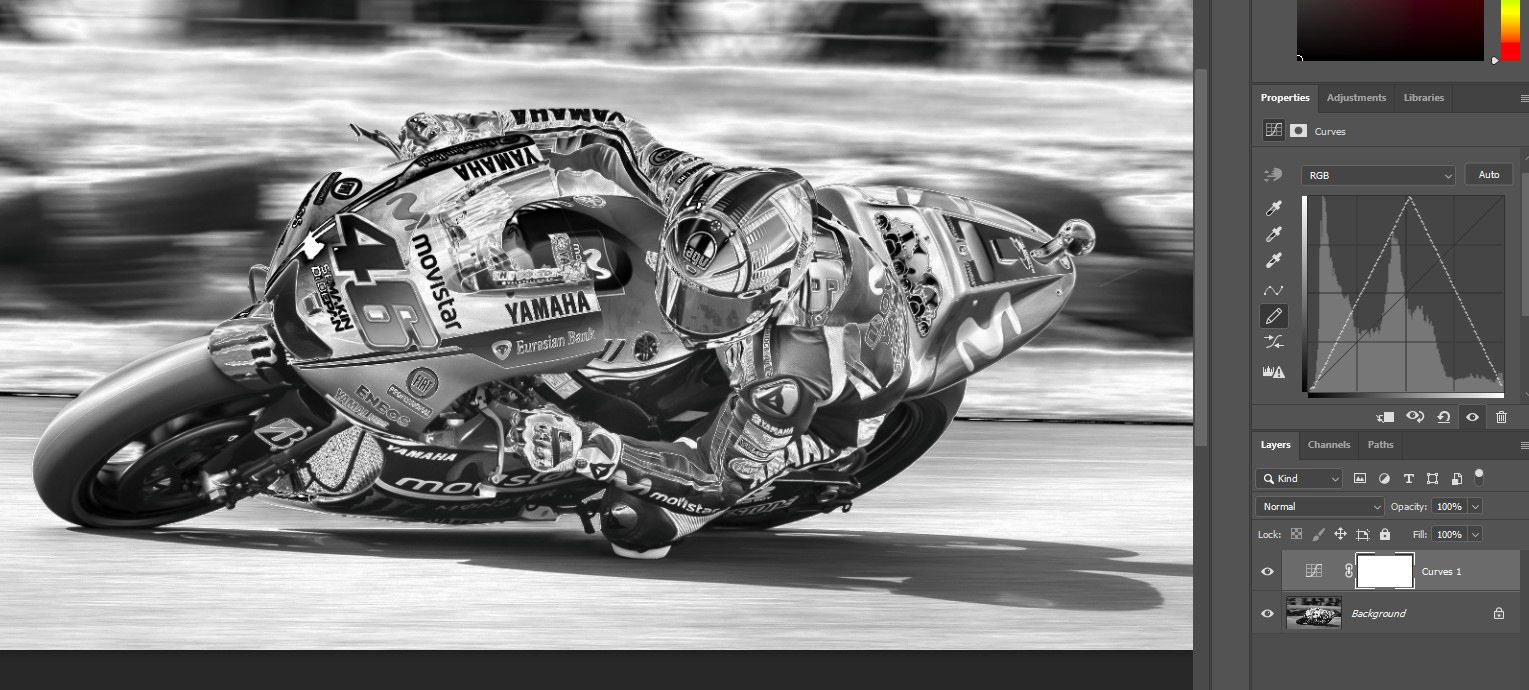
But this gives the same result as to increase exposure after applying the solarize filter, as mentioned above, and I think you can do this in PSE
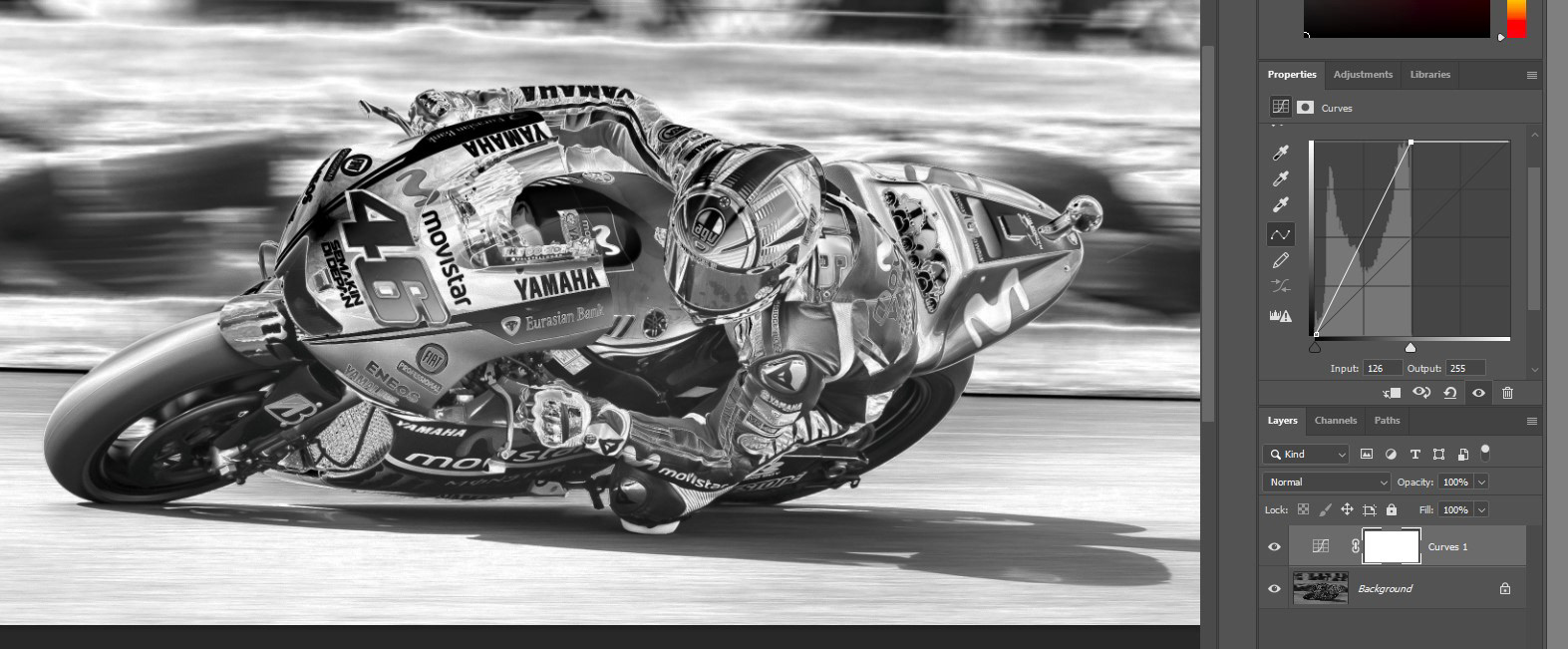
In any case, I would rater apply a custom curve, as in the example to the original color version below:
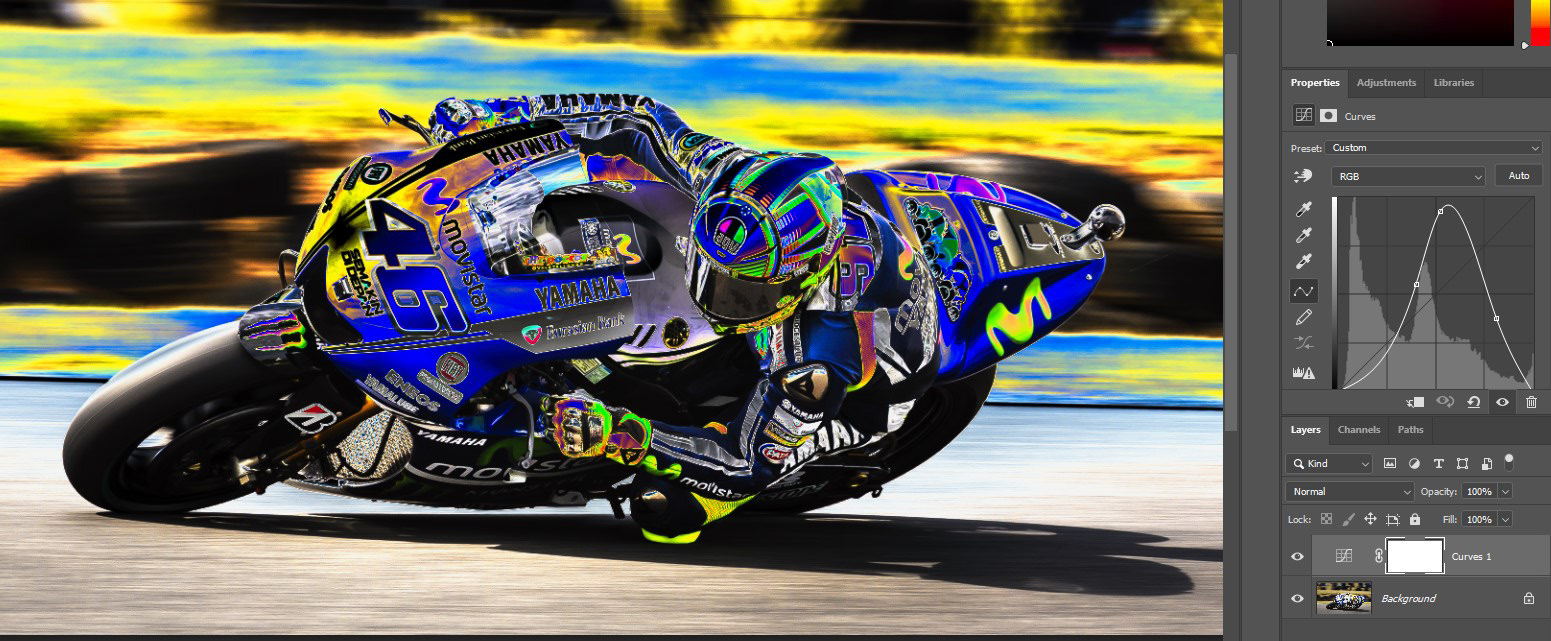
Thanks for reading.